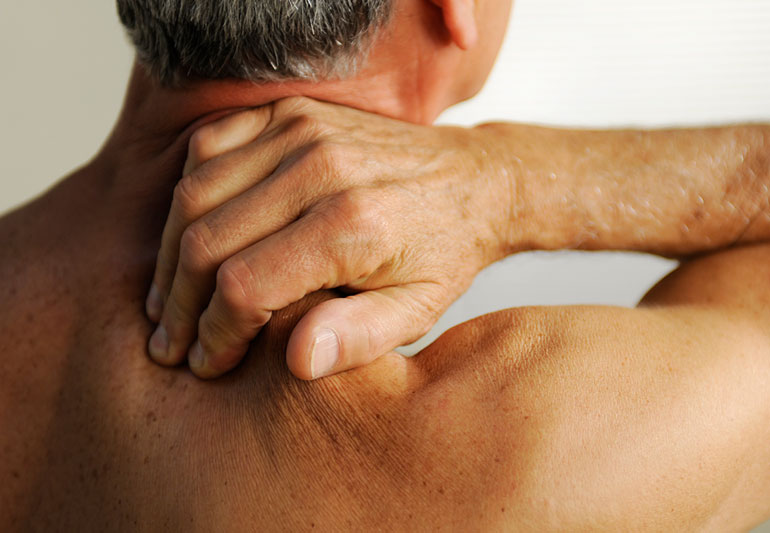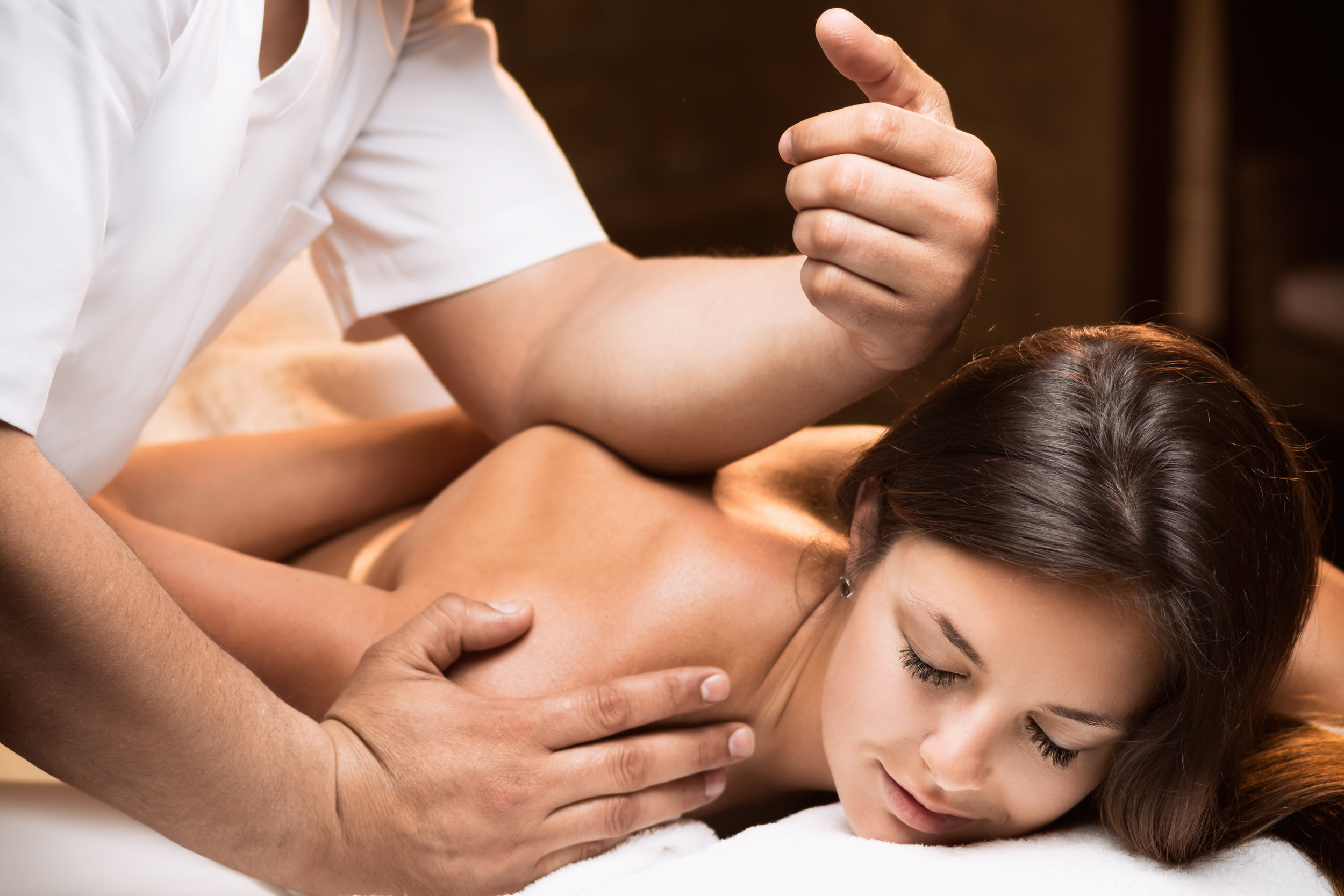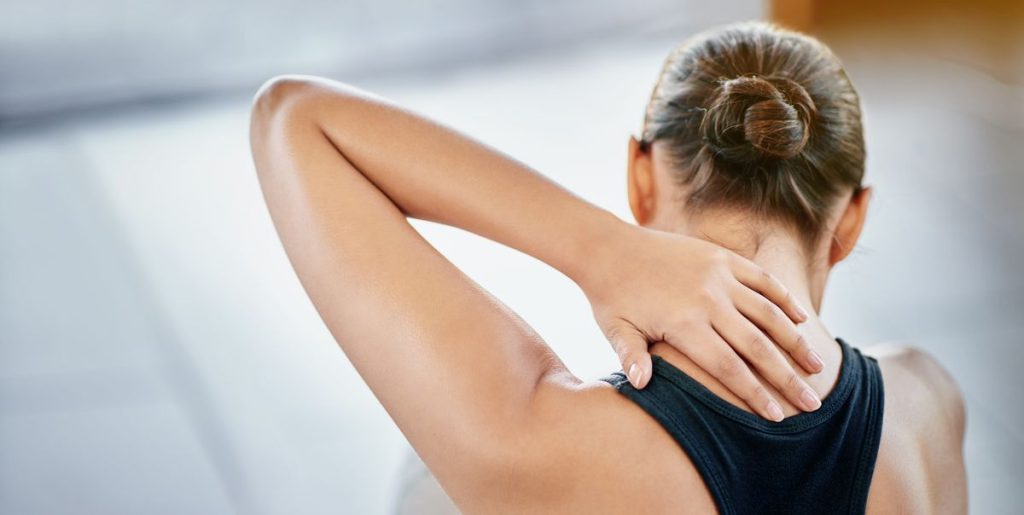Sports Massage Hackney has many physical effects that can improve an athlete’s cardiovascular system and speed up their recovery time. Not only do sports massages help with recovery, but they also help with muscle tension, soreness, inflammation, and preventing injuries.
Students or professionals who have gone to sports massage schools or are currently enrolled are usually taught three essential types of massage: pre-event massage, post-event massage, and maintenance massage. They also look into ways to treat and prevent injuries to focus on tight spots and shorten the time it takes for damage to heal.
Some of the methods used in sports massage therapy are:
There are many kinds of massage, each with a different goal. Athletes often get sports massages that use these techniques to help them do better. Even though massage therapists have access to 11 other massage techniques and variations, the most common ones are:
Striking: The most common way to fight is by striking. It is done by repeatedly sliding the hands, fingers, elbows, forearms, and thumbs in a circle. It gets more blood flowing, stretches fascia and tissue, relaxes muscles, finds trigger points and sore spots, and prepares the body for petrissage.
Kneading: It is picking up the muscle with the hands, palms, or knuckles to relieve pain, eliminate lactic acid, break up muscle knots, treat delayed onset muscle soreness, and speed up recovery.
Rhythmic Striking: This technique stimulates the body by hitting it quickly and lightly with the “knife edge” or ulnar part of the hand. When put on soft muscles, it stimulates nerve endings, increases blood flow in the area, and makes reflex muscles contract.
Friction: In “The Karate Kid,” Mr. Miyagi uses this technique when he rubs his hands together to make heat to help Daniel heal from a sprained knee. The therapist will rub their hands together to create friction and heat, breaking up scar tissue and improving lymphatic and blood flow.
Vibration, sometimes called “shaking,” is a way to loosen up tight muscles by making fast strokes back and forth with the hand’s fingers, side, or heel.

Pre-event sports massage:
The goal of this massage is to help athletes get ready for things like races or training. Massage before an event brings more blood and nutrients to the muscles, relaxes them, and prepares the body for the event.
To make the athlete less likely to get hurt and get them ready for competition. It usually lasts between 10 and 15 minutes and happens four hours before the event. Light massage techniques like effleurage, friction, tapotement, and vibration are used, but not petrissage.
Massage therapy for sports can be done up to 72 hours before an event. Since a deeper massage would make the muscles sore, which is neither practical nor desirable for an athlete so close to a tournament, this session will also be short.
The critical active muscles are stretched during this massage to improve blood flow. Friction strokes warm the skin, and tapotement stimulates the muscles and nerves.
Athletes may also get “inter-event” massages before halftime, between events, or even during a game to help eliminate lactic acid, warm up muscles that have been inactive for a long time, relieve stress, and treat minor injuries.
Massage after a game or match:
This treatment should be done within 72 hours after an athlete finishes a game or tournament. How long it takes depends on how hard and nasty the athlete’s condition is, but it usually lasts between 15 and 20 minutes.
A massage after an event must be put off for up to 72 hours so athletes can rehydrate, recover, stretch, and relax. Ice baths are another way athletes can improve after a challenging game or practice.
Effleurage is the first technique used in a post-event massage before moving on to more profound tissue massage techniques like petrissage, friction, tapotement, and vibration. This is because effleurage aids in the elimination of lactic acid, the promotion of blood flow to injured areas, the localization of pain trigger points in the muscles, and a reduction in the severity of muscle soreness that has a delayed onset (DOMS).
As you can see, post-event sports massage employs all five massage techniques regularly. Each athlete’s body type, rate of recovery, and metabolism will determine how long and hard each session will be.

Maintenance sports massage:
This massage helps athletes relax their muscles after practice and in between games. It can speed up healing and improve performance before the next event by reducing inflammation and eliminating lactic acid and other wastes. Trainers and therapists can keep people from getting hurt by figuring out where people are most likely to get injured on the body.
This kind of Sports Massage Hackney is essential for an athlete’s preparation and recovery because it makes the muscles more flexible, mobile, and able to get nutrients. It is a helpful strategy for the athlete’s physical and mental relaxation.
What You Should Know About Sports Massages Before Getting One?
The type of sports massage an athlete gets depends on how they feel, what they are training for, and how often they compete. For example, massages that help people heal after an accident are very different from those done before or after an event or to keep the body in good shape.
You should know that a sports massage differs from a regular one before getting one. This is because traditional massage techniques and sports massage techniques are very different. Traditional massages and sports massages serve other purposes.
Sports massages increase blood flow before a game. Some stretching and some squeezing are going on. Massages for injuries use techniques that help scar tissue heal, but there are also other ways to help reduce inflammation after an event. If you’re interested in learning more about sports massage Hackney please contact us.
Top Place for London Massage
Deep Tissue Massage London – Ashiatsu
+44 7784 609599
London
https://www.ashiatsumassagelondon.com
